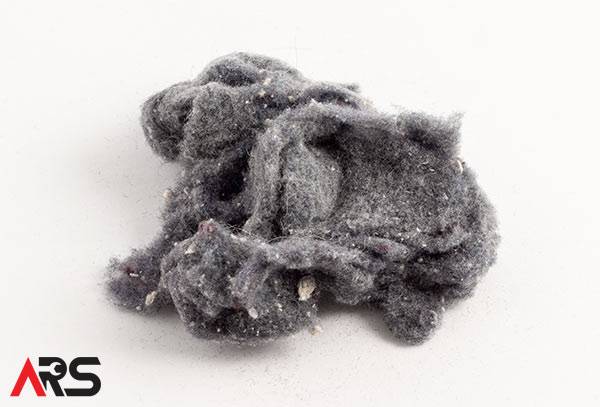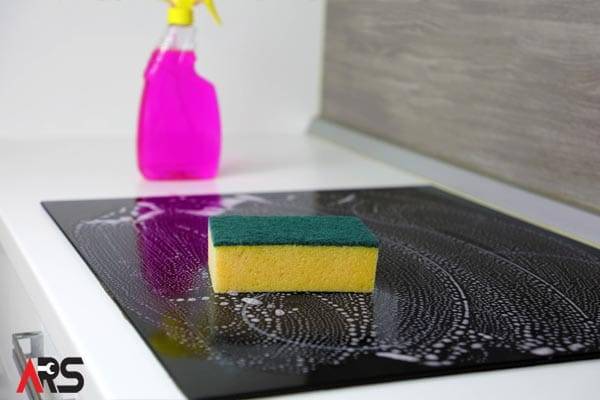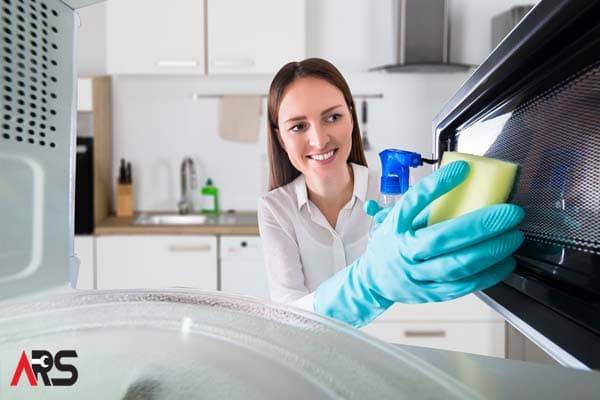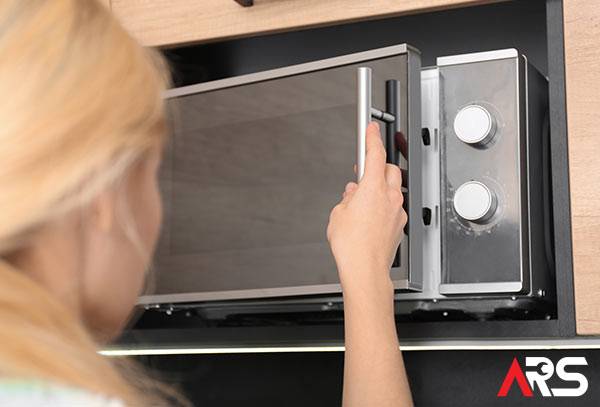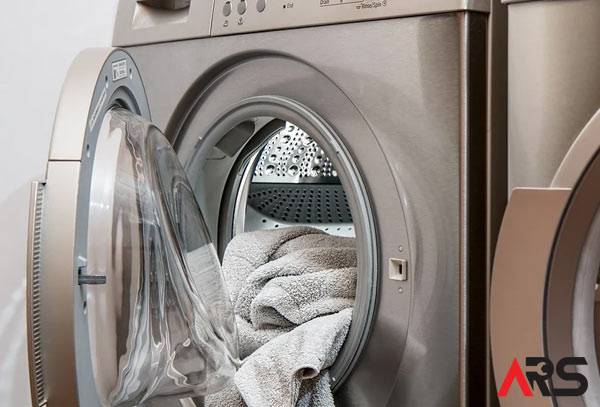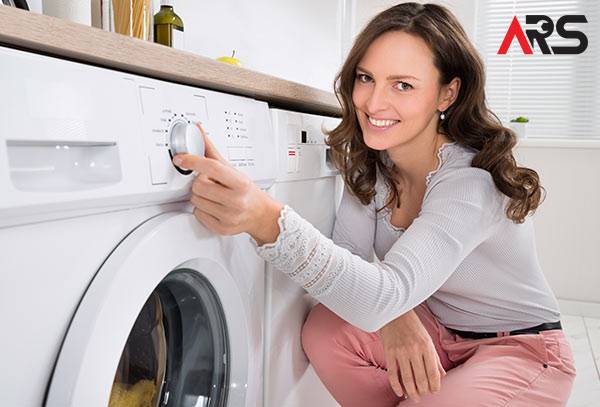Ultimate BBQ Cleaning Guide: Quick Clean, Deep Clean, and 6 Proven Hacks (Gas, Charcoal, Pellet)
Keep your grill safe, sanitary, and ready for the next cook with fast routines and full tear-down steps.
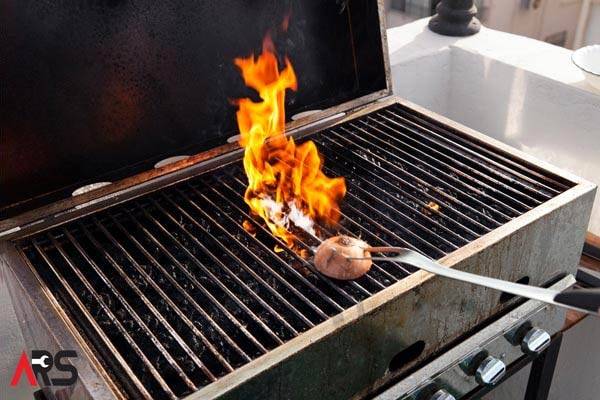
Big cookout done and staring at a greasy, smoky mess? No problem. Use this quick-start checklist for daily care, then follow the deep-clean steps and six effective BBQ cleaning hacks to remove baked-on carbon, grease, and odors without damaging your grill.
Fast post-cook checklist (2–5 minutes)
- Burn-off: close the lid and run burners on high for 5–10 minutes to carbonize residue. For charcoal, open vents and let coals run hot briefly.
- Brush grates while warm with a bristle-free coil or nylon brush. Avoid wire bristles that can shed.
- Empty or line the grease cup. Wipe flare shields and accessible surfaces with a paper towel.
- Crack the lid to cool and prevent condensation odors.
Safety first
- Turn off gas at the tank and control knobs. Disconnect propane for deep cleans. For natural gas, close the shut-off valve.
- Let the grill cool to warm before scrubbing. Wear gloves and eye protection.
- Do not use oven cleaner on aluminum parts. Avoid pressure washing control panels or igniters.
- Use only food-safe degreasers on cook surfaces. Rinse thoroughly before the next cook.
Tools and cleaners you’ll actually use
- Bristle-free scraper or wooden grill scraper
- Stiff nylon or stainless grill brush that does not shed
- Microfibre cloths and non-scratch scrub pads
- Degreaser (citrus-based or mild dish soap), white vinegar, baking soda
- Bucket with warm water, spray bottle, paper towels
- Stainless steel cleaner for exteriors, food-safe oil for cast iron seasoning
- Plastic putty knife, small brush or pipe cleaner for burner ports
- Shop-vac for ash and carbon chips
Full deep-clean: step by step
1) Remove and clean grates (by grate type)
- Stainless grates: soak 15–30 minutes in hot water with grease-cutting dish soap. Scrub with a non-scratch pad, rinse, and dry.
- Porcelain-coated grates: no metal scrapers. Use nylon or soft pads only to protect enamel.
- Cast iron grates: scrape while warm, wash with hot water and a stiff nylon brush, dry completely, then lightly oil to prevent rust.
2) Clean flame tamers, heat plates, and burners (gas)
- Remove flame tamers or heat tents. Scrape carbon with a plastic putty knife. Soak if needed, then rinse and dry.
- Lift burners and brush away debris. Clear spider webs from venturi tubes with a soft brush or pipe cleaner. Inspect port holes and igniters for blockages or rust-through.
3) Degrease the firebox and drip system
- Scrape the firebox walls and ledges. Vacuum loose debris with a shop-vac.
- Remove, dump, and wash the drip tray and grease cup. Dry fully before reinstalling and reline if you use foil.
4) Exterior clean and stainless care
- Use warm soapy water on lids, shelves, and cabinets. Wipe with the grain on stainless. Dry to avoid spots.
- Apply a stainless polish if desired. Do not use abrasive pads that scratch.
Step-by-step: deep clean a gas BBQ
- Shut off and disconnect gas. Remove grates, heat plates, and the grease tray.
- Degrease grates. Spray with a 1:1 vinegar–water mix or a mild degreaser. Wait 5–10 minutes. For heavy carbon, use a baking soda paste. Rinse and dry.
- Clean heat plates. Scrape and soak in hot soapy water. Rinse and dry fully to prevent rust.
- Clear burner ports. Lift burners off the manifold. Brush across the ports to remove soot. Use a toothpick if needed. Inspect igniters and replace weak batteries where applicable.
- Empty and wash the grease tray. Scrape, wash with hot soapy water, dry, and reline if desired.
- Degrease the firebox. Scrape loose carbon, wipe with degreaser, then a clean damp cloth. Keep liquids away from valves and wiring.
- Reassemble and test. Refit burners, heat plates, and grates. Reconnect gas. Do a leak check with soapy water at the tank and connections. Ignite and run on high for 10 minutes to burn off residue.
Step-by-step: deep clean a charcoal BBQ
- Dispose of ash safely. Ash can stay hot for hours. Use a metal bucket and allow to cool completely.
- Remove grates and charcoal rails. Scrape and soak in hot, soapy water. Use vinegar or baking soda for stubborn grease.
- Clean the bowl and lid. Brush carbon from the lid interior. Wipe with warm soapy water and rinse.
- Check vents. Clear vent holes and ensure dampers rotate freely.
- Reassemble and oil grates lightly. Heat to dry, then apply a thin film of oil to prevent rust.
Step-by-step: deep clean a pellet grill
- Unplug the grill. Let it cool fully.
- Remove grates, drip tray, and heat baffle. Scrape and clean with warm soapy water. Dry completely.
- Vacuum the firepot and cook chamber. Remove ash from the firepot, around the auger opening, and the barrel.
- Wipe grease channels and bucket. Degrease, rinse, and dry. Line with foil if the manufacturer allows.
- Check the gasket and probe. Wipe the temperature probe gently. Inspect door gaskets and replace if torn.
- Reassemble and run a short burn-off. This removes any residue before the next cook.
6 clever BBQ cleaning hacks
1) Steam clean with a damp paper wrap
While the grill is warm, lay water-soaked paper towels over the grates and close the lid for 20–30 minutes. Steam loosens carbon so it wipes off easily. Open the lid carefully to avoid steam burns.
2) Onion scrub
Skewer half an onion and rub over hot grates. Natural acids lift residue and help neutralize odors.
3) Vinegar spray
Mix equal parts white vinegar and water in a spray bottle. Mist grates and interior surfaces, wait 5–10 minutes, then scrub and rinse.
4) Baking soda paste
For stubborn gunk, make a paste of three tablespoons baking soda and one tablespoon water. Spread, wait 10 minutes, then scrub. Safe on stainless and cast iron. Avoid excessive abrasion on enamel.
5) Food-safe grill cleaners
Use a purpose-made, food-contact-safe grill degreaser per label directions. Avoid heavy fragrances that linger.
6) Hot water reset
Sometimes hot, soapy water and elbow grease are best. Scrub, rinse, and dry thoroughly to prevent rust.
Special cases and fixes
Mold or heavy odors
- Burn-off at high heat with lid closed for 15–20 minutes.
- Deep clean the firebox, drip tray, and grates. Rinse and dry fully.
- Season cast iron grates lightly with high-smoke-point oil.
Flat-top griddles
- While warm, scrape to the grease channel. Add a splash of hot water to release stuck-on bits, then wipe dry. Re-season with a thin coat of oil.
Charcoal kettles and ash control
- Empty ash frequently to maintain airflow and prevent moisture corrosion. Brush vents clear.
Grease control means fewer flare-ups
- Keep the grease tray empty and lined. Clean heat plates so they vaporize drips evenly.
- Trim excess fat and use drip pans for low-and-slow cooks.
- If a flare-up starts, close the lid to reduce oxygen and move food to indirect heat.
Exterior cleaning (stainless and powder-coat)
- Stainless: use a stainless cleaner or vinegar and water. Wipe with the grain and finish with a microfibre cloth.
- Powder-coat or painted: mild dish soap and water. Avoid abrasive pads and harsh solvents.
- Do not use steel wool on exteriors. It scratches and traps rust.
Maintenance schedule
- Every cook: burn-off, brush grates, empty grease cup as needed.
- Monthly (in season): clean drip system, wipe firebox and exterior, check for leaks and ignition function.
- Season start and end: full deep clean, inspect burners and ignition, replace worn gaskets, cover the BBQ when cool and dry.
What not to use
- Wire-bristle brushes that shed.
- Abrasive steel wool on porcelain or soft stainless.
- Oven cleaner on aluminum or painted surfaces.
- Pressure washers on control panels, valves, or igniters.
Professional help when you need it
If your grill has uneven heat, persistent grease fires, failing igniters, gas smells, or structural corrosion, a professional service pays off. We provide thorough cleaning, safety checks, and repairs across Toronto and the GTA. Learn more about our BBQ grill cleaning and maintenance service.
Service areas
Proudly serving Toronto, Mississauga, Brampton, Vaughan, Markham, Richmond Hill, Scarborough, North York, Etobicoke, Oakville, Burlington, Milton, Hamilton, Pickering, Ajax, Whitby, Oshawa, Aurora, Newmarket, Barrie, and nearby communities.
BBQ cleaning FAQs
How often should I deep-clean my BBQ?
Light users: once at the start and end of the season. Frequent users: every 4–8 weeks in season, plus quick burn-off and brushing after each cook.
Can I put grates in the dishwasher?
It is not recommended. Heavy grease can clog the dishwasher and detergents can dull finishes. Hand-wash with hot, soapy water.
What is the safest grill brush?
A bristle-free coil brush or sturdy nylon brush designed for grills. Inspect often and replace when worn.
What is the best way to clean cast iron grates?
Scrape while warm, wash with hot water and minimal soap, dry immediately, then wipe a thin oil layer to maintain seasoning and prevent rust.
Why does my grill flare up?
Grease buildup on flame tamers and trays is the usual cause. Clean the drip system, trim excess fat, and cook with the lid closed for steadier heat.
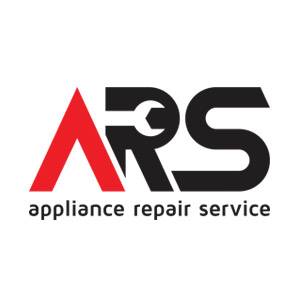
ARS Appliance Repair Service has been trusted across Toronto, Ottawa, and Southern Ontario for over a decade. Our licensed, manufacturer-authorized technicians specialize in repairing all major household and commercial appliances with genuine parts and warranty-backed service. From refrigerators and washers to ovens, dishwashers, and more, we restore appliances quickly, professionally, and correctly the first time, earning the confidence of homeowners and businesses throughout the region.
